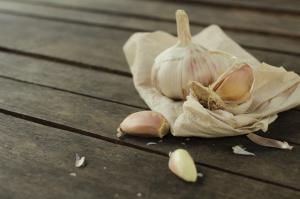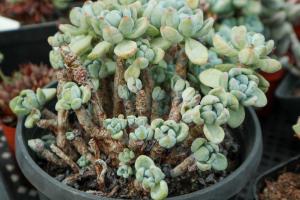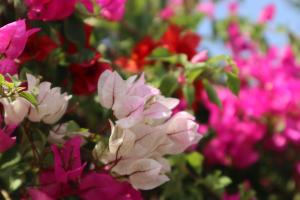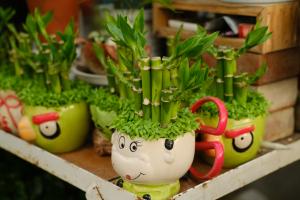1、 Curing method
1. Temperature: Mars flower likes a warm environment, so under normal circumstances, the temperature cannot exceed 35 degrees, otherwise it is easy to dehydrate, and flowering cannot proceed normally. Its cold resistance is still optimistic. Generally, if the temperature in winter is more than 5 degrees, it can spend the winter normally, but it can't spend the winter outdoors in the north

2. Watering: Mars flower likes a humid growth environment, and the soil cannot be too dry. If it is dry, its growth will be affected. At the same time, the branches and leaves of the plant will become shriveled and dull. Especially in summer, it is necessary to increase the amount of watering to ensure normal growth

3. Light: only warm and sufficient light can have good growth, so it can be exposed to full-time light in spring and winter, and the strong light in summer can be appropriately reduced to prevent the flower quilt from drying and wilting. If the light reaches the standard, the flowers will bloom more brightly and the color will be healthier

4. Fertilization: it is necessary to apply some base fertilizer during colonization to ensure the normal growth of seedlings, and then continue topdressing during the growth period, which can help to prolong the flowering period

2、 Breeding skills
1. Breeding: Ball splitting is the main breeding method. Mars flower generally divides the ball once every three years, which is suitable for planting in spring. It is directly replanted separately when changing pots. After ball splitting, you need to pay attention to normal ventilation and light, which can improve the survival rate

2. Pruning: the spreading nature of Martian flowers is relatively strong, so it will seriously affect the viewing. The purpose can be achieved by pruning. At the same time, the height can also be controlled by pruning to prevent lodging

3、 Diagnosis and treatment problems
1. Disease: spot disease will appear. This disease will seriously affect the branches and leaves of the plant and cause large pieces of branches and leaves to fall off. It can be controlled by spraying wettable powder

2. Pests: Acanthopanax will appear. This pest will appear in the root of the plant and bite the stem of the plant, so pesticides need to be used to prevent it

4、 Other issues
1. Toxicity: there is no poison. A large number of plants can be planted to beautify the environment. Flowering is very prominent

2. Whether it can be raised at home: Yes, but if it is planted at home, it needs to maintain sufficient ventilation. It has high ornamental value


 jackfruit
jackfruit snake plant
snake plant hibiscus
hibiscus hydrangea
hydrangea lavender
lavender Green roses climb al...
Green roses climb al... If you don't pay att...
If you don't pay att... Management of four g...
Management of four g...

































